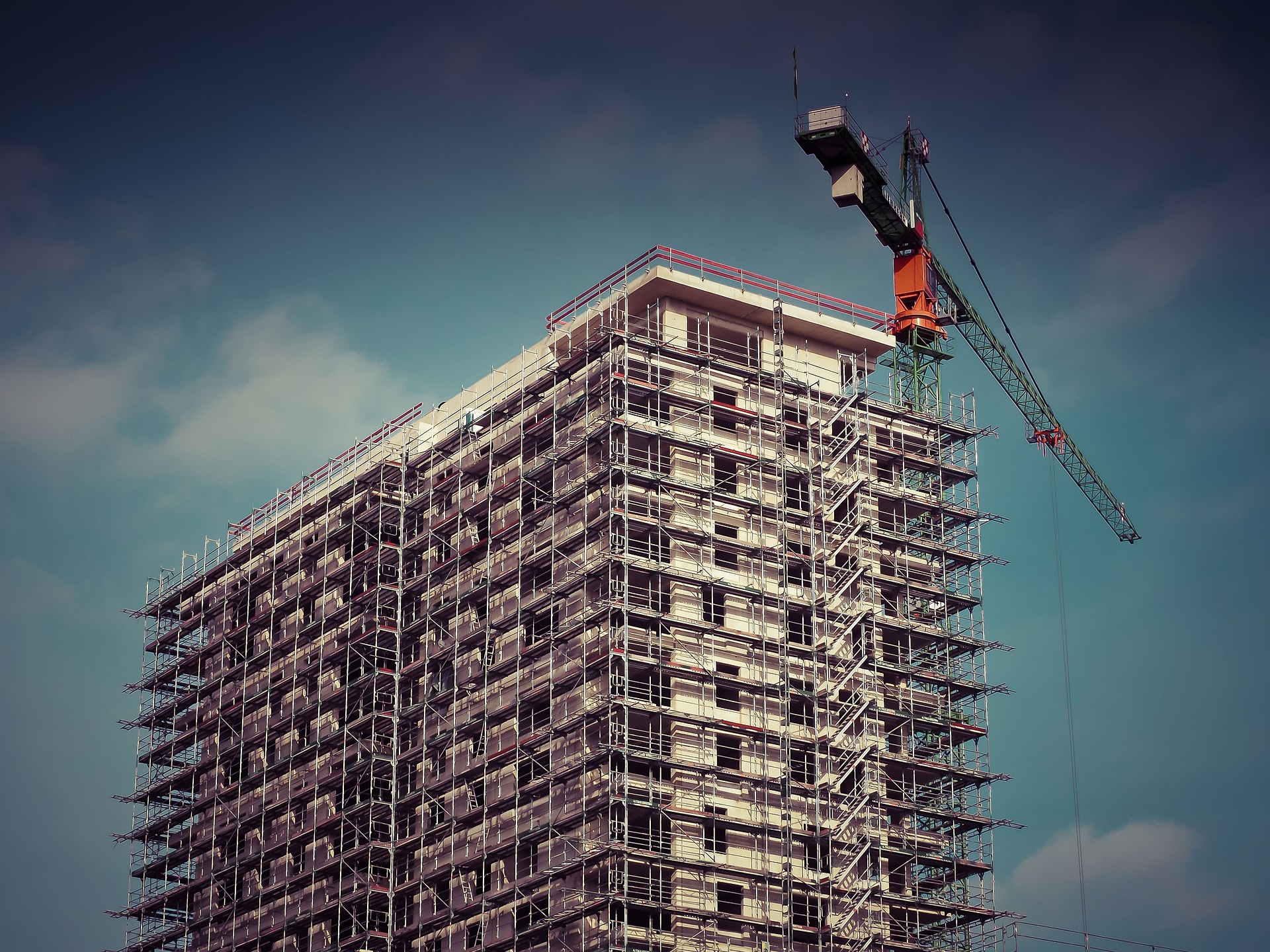"Unlocking Urban Growth: The Essentials of Construction Services"
Construction services form the backbone of urban development, infrastructure establishment, and aesthetic enhancements. This vital industry encompasses a broad spectrum, ranging from residential buildings to massive industrial complexes. Understanding the depth and breadth of construction services is essential for anyone looking to invest, build, or simply comprehend the vast impact it has on modern society.

What is the role of construction services in urban development?
Construction services play a pivotal role in shaping the urban landscape. As the urban development backbone, these services are responsible for transforming blueprints into tangible structures that define our cities. From laying the foundation for new neighborhoods to revitalizing aging downtown areas, construction services are at the forefront of urban growth.
The impact of construction services extends beyond mere building. They contribute to economic development by creating jobs, stimulating local businesses, and attracting investment. Moreover, well-executed construction projects can enhance the quality of life for residents by improving infrastructure, creating public spaces, and modernizing essential facilities.
How do construction services cater to residential and commercial projects?
Construction services cater to a wide range of projects, with residential and commercial developments being two primary sectors. In the residential realm, services encompass everything from single-family homes to large-scale apartment complexes. These projects require expertise in areas such as architectural design, structural engineering, and interior finishing.
Commercial projects, on the other hand, involve constructing office buildings, retail spaces, hotels, and industrial facilities. These often demand more complex planning, specialized equipment, and adherence to stringent commercial building codes. Construction services in this sector must be adaptable to the unique needs of each business, ensuring that the final structure aligns with the client’s operational requirements and brand identity.
What are the benefits of collaborative construction efforts?
Collaborative construction efforts have become increasingly prevalent in the industry, offering numerous advantages. By bringing together various stakeholders – architects, engineers, contractors, and clients – from the early stages of a project, these collaborative approaches foster innovation, reduce conflicts, and streamline the construction process.
One popular collaborative method is the Design-Build approach, where a single entity is responsible for both the design and construction phases. This integration can lead to faster project delivery, cost savings, and improved communication throughout the project lifecycle. Additionally, collaborative efforts often result in more sustainable and efficient buildings, as expertise from different fields is leveraged to create optimal solutions.
How are sustainable and cost-effective building practices implemented?
Sustainable and cost-effective building practices are at the forefront of modern construction services. These approaches aim to minimize environmental impact while maximizing long-term value for clients. Sustainable practices include using eco-friendly materials, implementing energy-efficient systems, and designing buildings to reduce water consumption and waste generation.
Cost-effective building strategies often go hand-in-hand with sustainability. For instance, proper insulation and high-efficiency HVAC systems may have higher upfront costs but lead to significant energy savings over time. Construction services are increasingly employing technologies like Building Information Modeling (BIM) to optimize design, reduce material waste, and improve project coordination, ultimately leading to more cost-effective outcomes.
What role do construction services play in infrastructure and aesthetic enhancements?
Construction services are integral to developing and maintaining crucial infrastructure such as roads, bridges, water systems, and power grids. These projects require specialized skills and often involve collaboration with government entities to ensure public safety and compliance with regulations. Infrastructure improvements not only facilitate urban growth but also enhance the overall functionality and resilience of cities.
Aesthetic enhancements are another significant aspect of construction services. From iconic skyscrapers that define a city’s skyline to beautifully landscaped public parks, construction services contribute to the visual appeal and cultural identity of urban areas. These aesthetic improvements can boost tourism, increase property values, and foster a sense of pride among residents.
What are the latest trends and technologies in construction services?
The construction industry is continually evolving, with new trends and technologies shaping the future of services offered. Some of the most impactful developments include:
-
Modular and prefabricated construction: This approach involves manufacturing building components off-site and assembling them on-site, leading to faster construction times and reduced waste.
-
3D printing in construction: Large-scale 3D printing technology is being used to create building components and even entire structures, offering new possibilities for design and efficiency.
-
Drone technology: Drones are increasingly used for site surveys, progress monitoring, and safety inspections, improving accuracy and reducing risks.
-
Green building materials: Innovative materials like self-healing concrete, transparent wood, and recycled plastics are gaining popularity for their sustainability and performance characteristics.
-
Artificial Intelligence and Machine Learning: These technologies are being applied to project management, predictive maintenance, and design optimization, enhancing overall efficiency and decision-making in construction projects.
| Technology/Trend | Application | Potential Benefits |
|---|---|---|
| Modular Construction | Residential and Commercial Buildings | Faster construction, reduced waste |
| 3D Printing | Building Components and Structures | Design flexibility, material efficiency |
| Drone Technology | Site Surveys and Inspections | Improved safety, accurate data collection |
| Green Building Materials | Sustainable Construction | Reduced environmental impact, energy efficiency |
| AI and Machine Learning | Project Management and Design | Enhanced efficiency, optimized decision-making |
Prices, rates, or cost estimates mentioned in this article are based on the latest available information but may change over time. Independent research is advised before making financial decisions.
In conclusion, construction services are essential for unlocking urban growth and shaping the built environment. From residential and commercial projects to infrastructure development and aesthetic enhancements, these services play a crucial role in creating functional, sustainable, and visually appealing urban spaces. As the industry continues to evolve with new technologies and collaborative approaches, construction services will remain at the forefront of urban development, driving innovation and improving the quality of life in cities worldwide.




